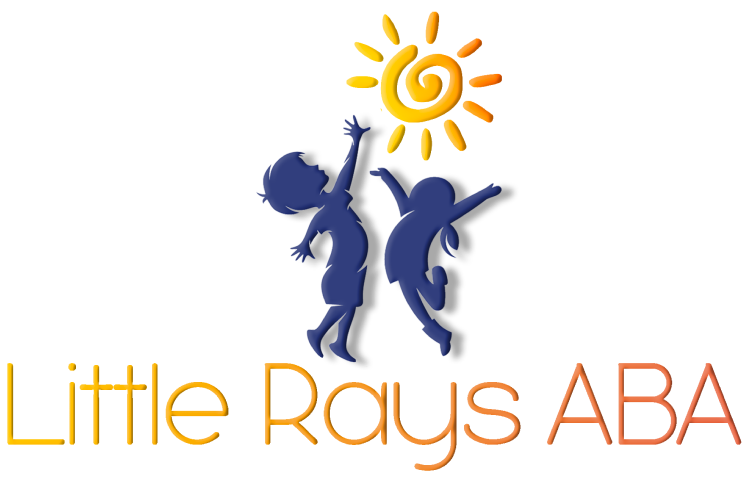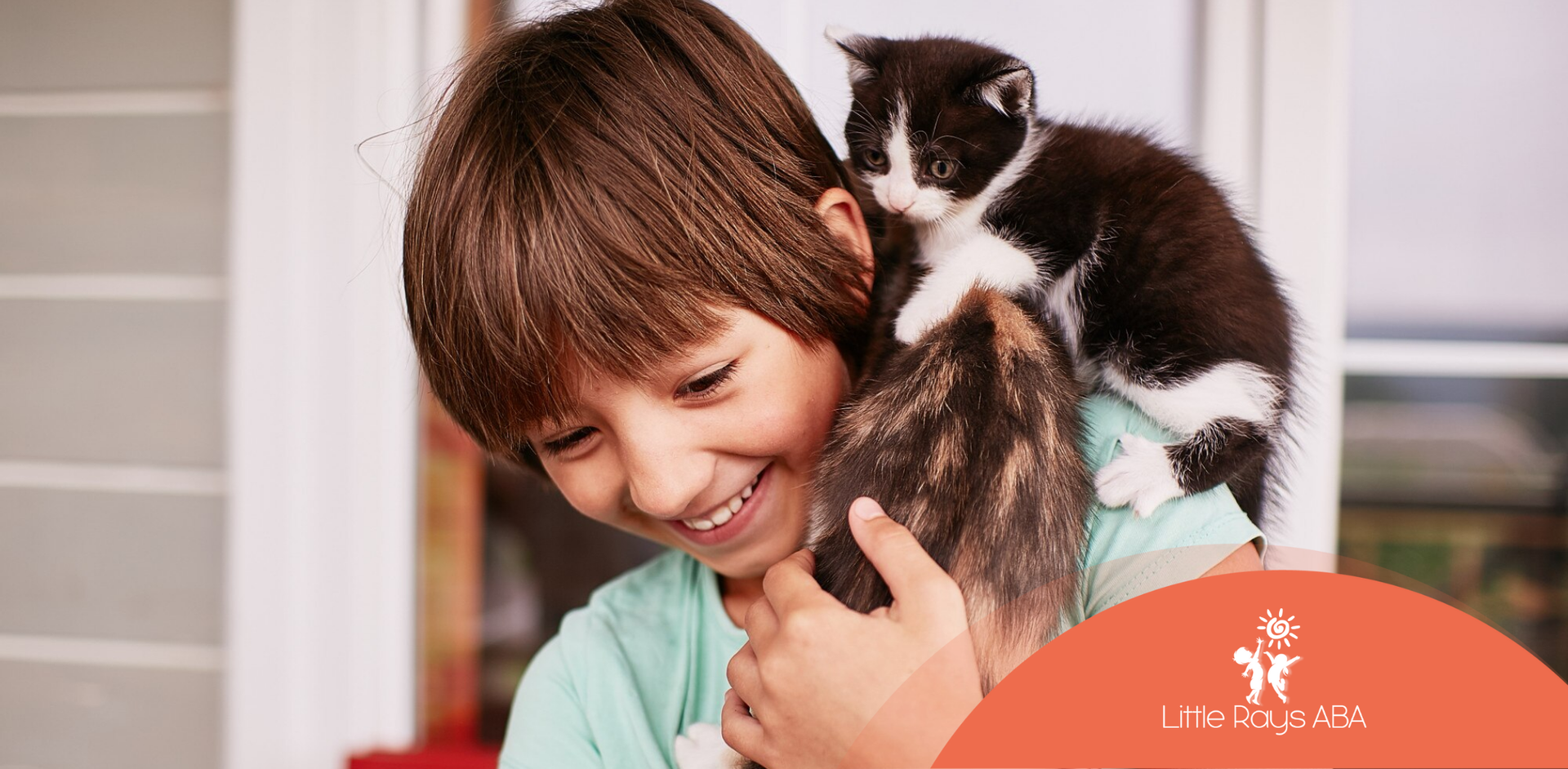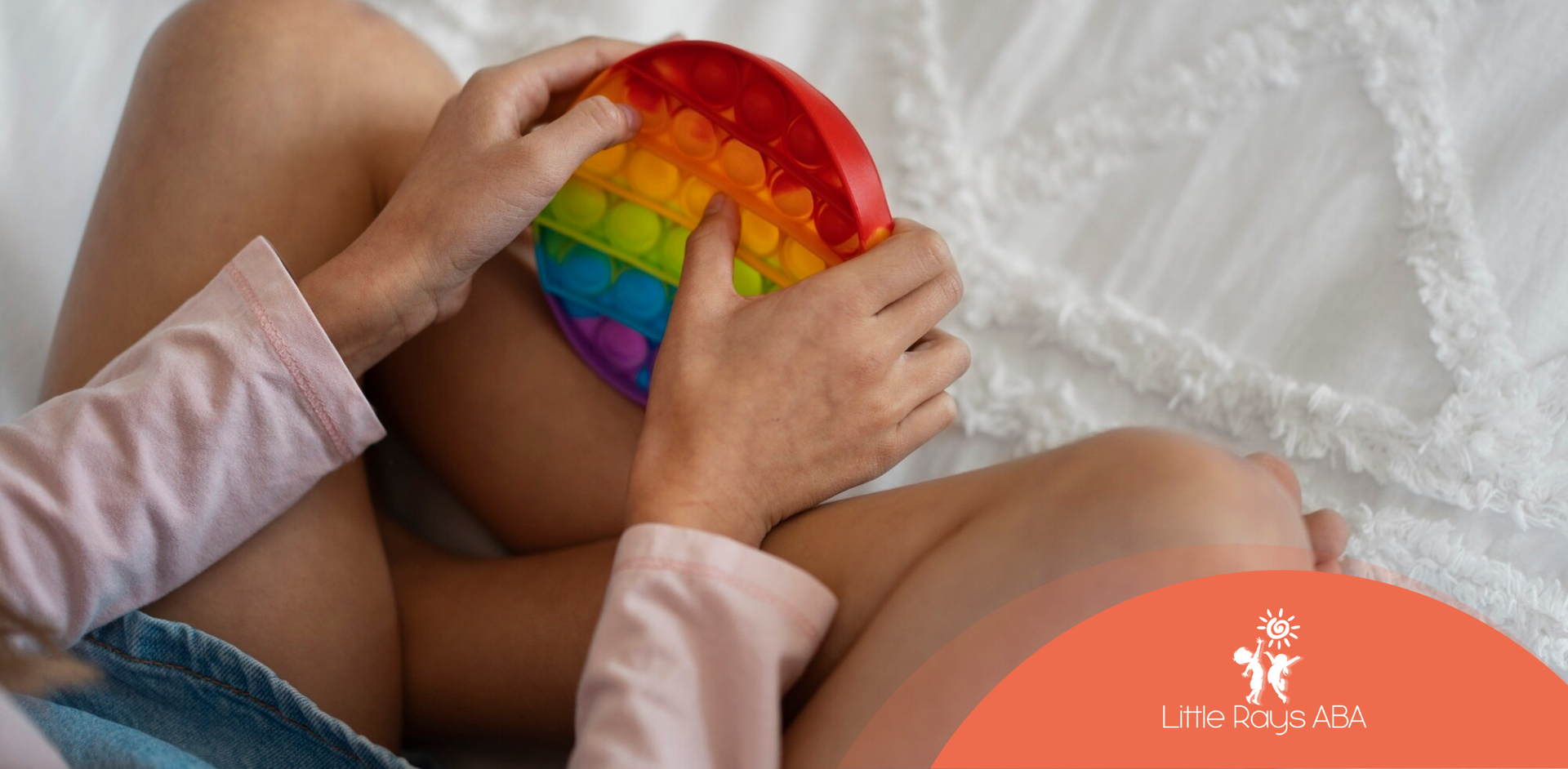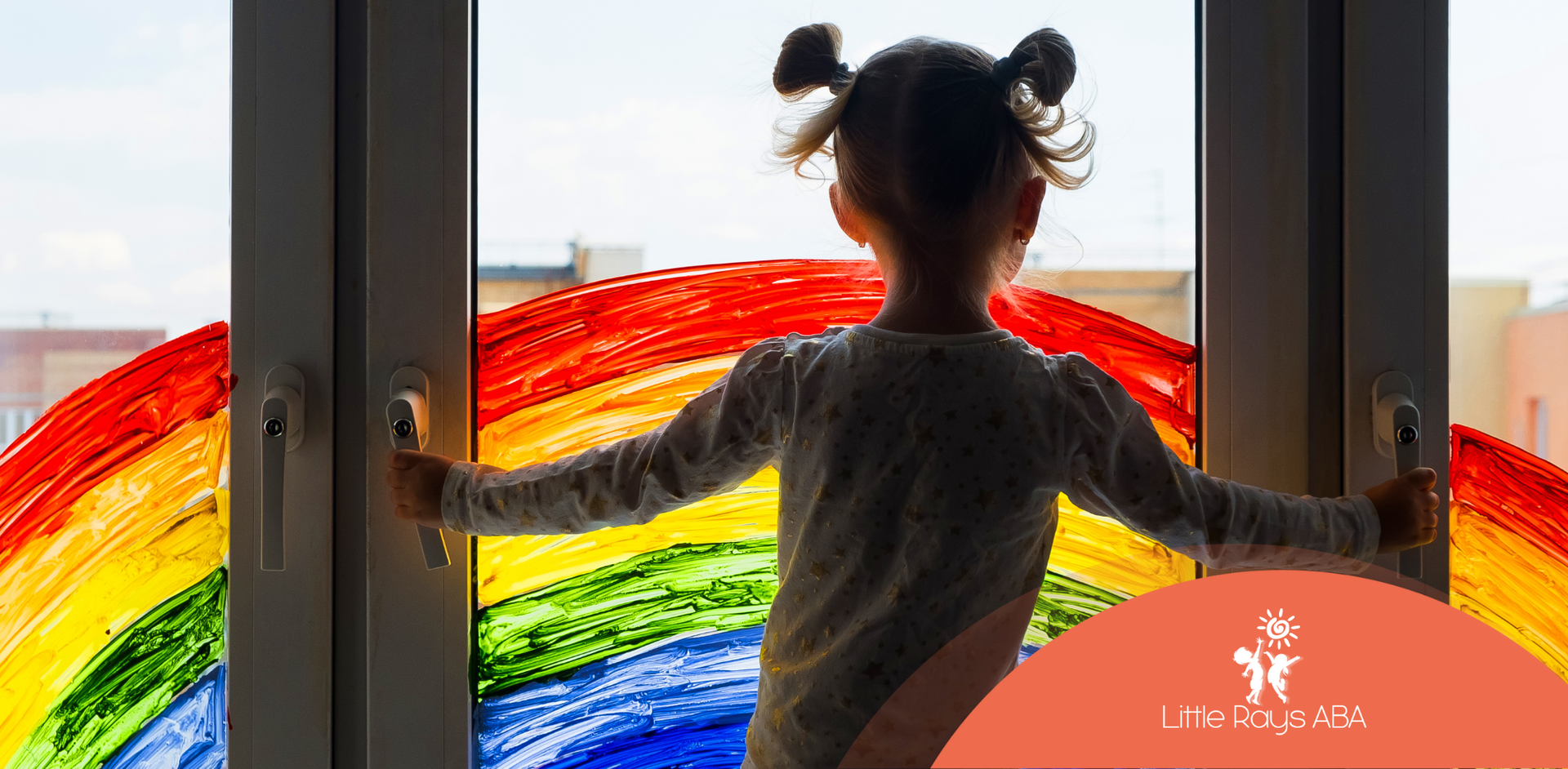Understanding Autism Spectrum
Introduction to ASD
Autism Spectrum Disorder (ASD) is a bit of a puzzler in the neurodevelopment department, mixing up how folks communicate, interact, and behave. Since we say "spectrum," picture it like a rainbow of symptoms, where each person's experience can be as different as night and day or apples and oranges. People with ASD often juggle strengths alongside struggles, especially when it comes to chatting with others and picking up on social cues.
You might catch the first signs of ASD when a kiddo is still in tiny shoes, around 2 or 3 years old. But sometimes, the signs play hide and seek, not getting caught until someone’s a bit older. For parents, teachers, and everyone lending a hand, understanding ASD’s unique personality is key. It helps them build the right plans to boost social smarts.
Characteristics of ASD
People rolling with ASD often find social chatter tricky and might enjoy a few interests a little too much or move or speak in repetitive patterns. Here's a sneak peek of what ASD can look like:
| Characteristic | Description |
|---|---|
| Social Interaction Difficulties | Picture trying to catch a ball while blindfolded—folks with ASD might find both verbal and nonverbal communication just as tough. They may miss social cues or find empathy and conversations harder, like starting or keeping a convo from drifting away. |
| Restricted Interests | Imagine being glued to certain topics like they're the latest and greatest thing. Individuals might dive deep into hobbies or subjects, ignoring most other stuff. |
| Repetitive Behaviors | Think rhythmic rocking or echoing phrases—these could be comfort rituals helping some folks with ASD cope with life's tumbles. |
| Sensory Issues | For some, sound feels like nails on a chalkboard, while others might not flinch at what others find annoying. Daily life can get interesting when light, touch, or sound sensitivity comes into play. |
Feeling left out is a common bummer for those with ASD, as social hurdles can lead to a sense of standing on the sidelines, watching the party go on without them. Tackling these communication pitfalls is more than just putting a band-aid on a problem—it's about opening doors to a better life and building friendships.
There's a toolkit packed with ways to help folks with ASD sharpen those social chops, from Applied Behavior Analysis (ABA) to social skills boot camps, and even group hangouts that coax them out of their shells. Knowing the quirks and perks of ASD is like having a roadmap to make spaces kinder and more welcoming for everyone.
Importance of Social Skills in Autism
Ever wonder why social skills matter so much for folks with Autism Spectrum Disorder (ASD)? Essentially, it's like having the secret recipe to a fulfilling life! Social savvy can make a huge difference, impacting their happiness and daily experiences. For parents, family, educators, and professionals, getting a grip on these social quirks and the loneliness that can tag along is super important.
Social Hurdles in ASD
Social hurdles? Oh, individuals with ASD are all too familiar with them. They often juggle difficulties in both talking and understanding unspoken signals. Picture trying to keep a chat going or catching onto those subtle eyebrow raises or that odd smile—it just doesn't click naturally. And that can lead to awkward moments faster than you can say "social faux pas".
Here's a peek at some common roadblocks:
| Bump in the Road | What's Happening Here |
|---|---|
| Chit-Chat Challenges | Imagine conversations that feel like dead-end streets—hard to start, harder to navigate tones or hints. |
| Nonverbal Cues Confusion | It's like trying to read a book in a language you don't know—body talk and expressions just don't register. |
| Empathy Woes | Emotions are a mystery—understanding or showing feelings in social settings is like solving a puzzle. |
| Decoding Social Rules | What’s cool or acceptable? Figuring that out feels like deciphering an alien language. |
| Obsession and Repetition | Interests that loop back like a broken record may come off odd, hindering buddy bonding. |
Impact of Being Alone
When you mix ASD communication struggles with social scenes, you can get a heavy dose of loneliness. It feels like being in a party but still missing out on all the fun. That social void doesn’t just sit quietly either—it can bruise mental health and snatch away happiness.
Isolation takes shape in these not-so-fun ways:
| Lonely Effect | What's Going Down Here |
|---|---|
| Bullying Brushes | From being misunderstood, many face bullying or find themselves the odd one out in peer circles. |
| Mental Sinkholes | Trapped loneliness can invite anxiety, depression, and other mental nasties to crash the party. |
| Drained Joy | With friendships far off the radar, feeling fulfilled or content suddenly becomes a luxury. |
Sure, these tales of solitude can feel disheartening, but they nudge us to create spaces where everyone belongs. Prioritizing social skills development is key for those on the spectrum—it's the bridge to better connections and brighter days. Curious? Check out more about social skills and autism and see how making small changes can uplift lives.
Strategies for Developing Social Skills
Showing individuals with Autism Spectrum Disorder (ASD) how to engage with others can make a huge difference in their lives. Tools like Applied Behavior Analysis (ABA) and social stories paired with visual aids can be game-changers in this arena.
Applied Behavior Analysis (ABA)
Applied Behavior Analysis (ABA) isn't new—it's been a go-to technique since the 60s for helping kids with autism. The magic of ABA lies in its ability to make tricky behaviors understandable by breaking them down into bite-sized pieces. Through rewards and encouragement, therapists guide kids towards positive interactions while steering away from problematic behaviors.
Here's a peek at ABA's essentials:
| Component | What's it do? |
|---|---|
| Discrete Trial Training | Breaks learning into bite-sized tasks. |
| Task Analysis | Turns big tasks into easy steps. |
| Reinforcement | Rewards make good behavior a win-win. |
Studies have shown that methods like ABA really pack a punch in helping students with ASD at school, making social connections a lot easier.
Social Stories and Visual Aids
Social stories and visual aids have a knack for making social learning less daunting for those with autism. These custom stories show it like it is—visually, guiding them on what to expect and how to act in certain situations.
How these stories help:
| Feature | Why it's cool |
|---|---|
| Predictability | Helps make social settings less chaotic. |
| Clarity | Spells out social do's and don'ts clearly. |
| Engagement | Keeps the learning itch alive. |
By fleshing out scenarios through stories and pictures, they ease the jitters tied to socializing, enabling folks with autism to join in more freely. It’s all about practicing in a way that builds up confidence, which then shines through in real-life encounters.
Putting these strategies to work not only boosts participation but also opens doors to friendships and joy within the autism community.
Programs and Interventions for Social Skills
Building social skills is a key part of life for folks with autism. There are lots of ways to boost these skills so they can handle social situations better. Let's check out two standout methods: UCLA's PEERS program and social skills groups.
PEERS Program at UCLA
The PEERS program at UCLA stands out like a friendly neighbor. It's a 16-week gig where teenagers and young adults on the autism spectrum can learn and master social skills. You name it: befriending people, dealing with social pressure, and even dating advice—it’s all in there. This setup is a hit because it puts real-life interaction tips into their hands.
Folks in the PEERS program jump into group activities designed to spark interaction. And guess what? Parents get in on the action too, helping back at home. They use interactive methods to make sure the skills stick.
| Program Aspect | Details |
|---|---|
| Duration | 16 weeks |
| Focus Areas | Making friends, peer pressure, dating |
| Structure | Group activities and parent support |
Social Skills Groups
Then there are social skills groups, another solid way for people with autism to fine-tune their social chops. They get to mingle with peers in a friendly setting. These groups usually follow proven plans that focus on certain social skills to polish up.
In these groups, you’ll find educators, speech experts, and clinicians leading the charge. They teach and spark real interactions among the participants. The group vibe pushes people to practice, get feedback, and learn from how others are doing.
| Group Details | Information |
|---|---|
| Target Audience | Folks with autism |
| Professional Support | Teachers, speech therapists, clinicians |
| Learning Environment | Real chats with peers |
Whether you’re into the PEERS program or joining a social skills group, both aim to up your social game and help tackle social settings with confidence. These programs use specific tactics to make sure folks get the social practice they need, customized to fit their journey.
Making Social Skills Click
Social skills and autism can be a tricky pair, like peanut butter and pickles. But fear not! Two main approaches are shaking up the scene: Face-to-Face Social Skills Training (F2F-SST) and Behavioral Intervention Technologies (BITs-SST). These methods give parents, teachers, and therapists some serious tools to help boost social savvy in folks on the Autism Spectrum.
Face-to-Face SST
Old-school Face-to-Face Social Skills Training (F2F-SST) is like the classic rock of teaching approaches—it's got staying power. It's been great at helping kids with autism make friends, feel less lonely, and just generally get better at hanging out. The science backs it up, too. They've seen some solid improvements using this method.
Why go with F2F-SST? Here’s the scoop:
- Chat It Up: With face-to-face, you’ve got real people interacting, making it prime time to learn social skills.
- On-the-Spot Help: Trainers dish out feedback right there and then, helping folks tweak their actions as they happen.
- Real-World Practice: Training in real-life settings makes it easier to bring what you learn into everyday situations.
| What’s Cookin’ | Effect Size |
|---|---|
| Better Social Skills | Solid Gains |
| Making New Buddies | Solid Gains |
| Feeling Less Solo | Solid Gains |
Behavioral Intervention Technologies (BITs-SST)
Behavioral Intervention Technologies (BITs-SST) are like having a social coach in your pocket. These apps and digital tools are strutting their stuff with results that go toe-to-toe with traditional face-to-face training. They both show medium to high improvements, which is big stuff for folks with autism looking to polish their social skills.
Here’s why BITs-SST rocks:
- Easy Access: Fire up a computer or tablet from your couch—no need to schlep anywhere.
- Game Time: Kids dig the gamified approach, making learning less of a chore and more of a game.
- Stay on Track: Practice again and again, at your own speed, cementing what you've learned.
| What’s Cookin’ | Effect Size |
|---|---|
| Social Skill Magic | Medium to High |
| Gamified Goodness | High |
| Couch Convenience | High |
Both face-to-face SST and BITs-SST have their strengths in helping folks with autism up their social game. Picking the right one depends on what each person needs, letting caregivers and pros give social interactions a nice power-up. Want more on autism? Check out signs of autism in children on our site.
Early Intervention for Social Skills
Helping kids with autism get a head start on social skills is pretty important. When we jump in early, it makes a big difference down the road. Research shows that getting an early diagnosis and starting interventions can really help, sometimes to a point where a child no longer fits the autism criteria as they grow up.
Benefits of Early Intervention
Programs meant for early intervention take on a big role in shaping core skills in young children with autism, grabbing these skills while they're still fresh and easy to teach. Areas like talking, socializing, and playing are part of the gig.
| Benefit | Description |
|---|---|
| Better Outcomes | Kids who get in these programs early usually end up with sharper social skills and fewer behavior bumps. |
| Bendable Brains | Little ones have brains like putty, making it easier for early skills to stick. |
| Family Support | Families get some much-needed help, removing some headaches of figuring out the autism puzzle. |
In the U.S., each state rolls out its own early programs aimed at newborns up to 2-year-olds dealing with developmental catch-ups or disabilities, covering those with autism, as noted in Part C of Public Law 108-77. The main idea? Get rolling with interventions right when autism signs pop up or there's a strong hunch, to really pack a punch in long-term benefits.
Applied Behavioral Analysis (ABA) Therapy
When people think early intervention, they often think ABA therapy. It's like the celeb of therapies in this field. ABA is all about using techniques and principles to nudge behavior in a positive direction.
- Technique Spotlight: ABA zooms in on building good behaviors while dialing down pesky ones, usually with a pat on the back kind of reinforcement.
- Made-to-Order: This therapy isn't one-size-fits-all; it's shaped to fit the unique needs of each child, like communication, social skills, and day-to-day stuff.
- Nerdy but Necessary: Data plays a strong role here, keeping tabs on progress to tweak strategies as needed.
There’s solid proof in the pudding for ABA therapy. It’s shown to boost social skills, communication, and how kids with autism interact with their buddies. Whether at home, school, or out in the wild, ABA's adaptable vibes make it a go-to for many families.
By catching on to how early intervention and ABA team up, families get to make solid choices about their child’s journey. This heads-up approach not only ups social savvy but enhances life quality for those living with autism.
SOURCES:
https://pmc.ncbi.nlm.nih.gov/articles/PMC3086654/
https://thespectrum.org.au/autism-strategy/autism-strategy-sensory/
https://www.autismspeaks.org/sensory-issues
https://educationonline.ku.edu/community/social-difficulties-in-autism-spectrum-disorder
https://www.autismspeaks.org/applied-behavior-analysis
https://www.autismspeaks.org/social-skills-and-autism
https://www.nichd.nih.gov/health/topics/autism/conditioninfo/treatments/early-intervention
Unlock Your Child's Potential with Expert ABA Therapy!
At Little Rays ABA, we provide compassionate, evidence-based ABA therapy to help children with autism thrive. Our personalized approach fosters growth in communication, social skills, and independence.
Get In Touch With Us Today to Get Started With ABA Therapy!
Related Posts
MENU
GET IN TOUCH
7117 San Salvador Dr Boca Raton, FL 33433
3200 Collins Ave Miami Beach, FL 33140





